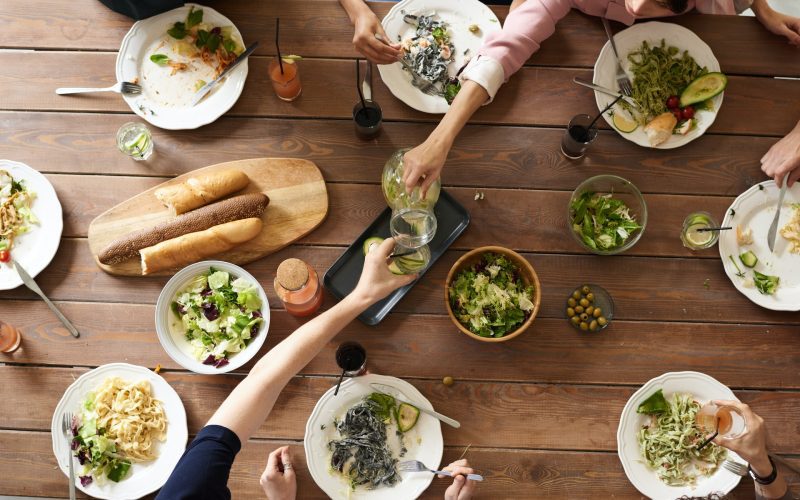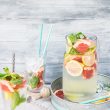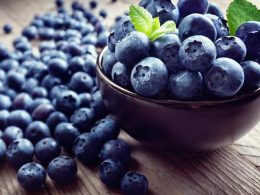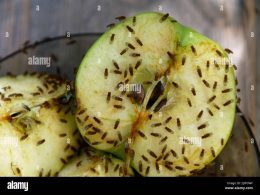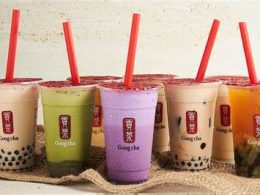Food and drink have always been a natural pairing, but in recent years, the trend of combining the two has taken on a new level of sophistication. From coffee cocktails to tea-infused desserts, food and drink are coming together in exciting and unexpected ways. In this article, we will explore the art of food drinks and the ways in which chefs and mixologists are mastering this craft.
One of the key elements of creating a successful food drink is balance. The flavors of the food and drink must complement each other, rather than compete. This requires a deep understanding of both the ingredients and the techniques used to prepare them.
For example, when creating a coffee cocktail, the coffee must be brewed to the right strength and temperature to ensure that it doesn’t overpower the other flavors in the drink. Similarly, when creating a tea-infused dessert, the tea must be steeped for the right amount of time to ensure that it imparts the right amount of flavor without becoming bitter.
Another important element of creating a successful food drink is creativity. Chefs and mixologists are constantly experimenting with new ingredients and techniques to create unique and exciting flavor combinations.
For example, some mixologists are using savory ingredients like bacon and herbs to add depth and complexity to their cocktails. Others are using unexpected ingredients like avocado and beet juice to create colorful and flavorful drinks.
Similarly, chefs are using unexpected ingredients like tea and coffee to add depth and complexity to their dishes. For example, tea can be used to flavor sauces and marinades, while coffee can be used to add richness and depth to chocolate desserts.
One of the most exciting developments in the world of food drinks is the use of fermentation. Fermentation is a process in which microorganisms like bacteria and yeast are used to break down the sugars in food and drink, creating new flavors and textures.
For example, kombucha, a fermented tea drink, is known for its tangy, slightly sweet flavor and its health benefits. Similarly, kefir, a fermented milk drink, is known for its tangy flavor and its probiotic properties.
Chefs and mixologists are also experimenting with fermentation in their dishes and drinks. For example, some chefs are using fermented fruits and vegetables to add depth and complexity to their dishes, while some mixologists are using fermented ingredients like shrubs and vinegars to add tangy, complex flavors to their cocktails.
In addition to balance, creativity, and fermentation, another key element of creating a successful food drink is presentation. A well-crafted food drink should not only taste good, but it should also look good.
For example, some mixologists are using edible flowers and herbs to garnish their cocktails, while some chefs are using colorful fruits and vegetables to add visual interest to their dishes.
In addition, the vessel in which a food drink is served can also have an impact on its presentation. For example, a cocktail served in a unique glass or a dessert served in a creative vessel can add an element of surprise and delight to the dining experience.
In conclusion, the art of food drinks is a growing trend in the culinary world, offering new and exciting ways to combine the flavors of food and drink. From coffee cocktails to tea-infused desserts, chefs and mixologists are mastering this craft through a combination of balance, creativity, fermentation, and presentation. Whether you’re a foodie looking for a new culinary adventure or a mixologist looking to push the boundaries of your craft, the world of food drinks offers endless possibilities. So next time you’re looking for a new flavor experience, consider exploring the art of food drinks and the ways in which chefs and mixologists are pushing the boundaries of this exciting and innovative trend.






